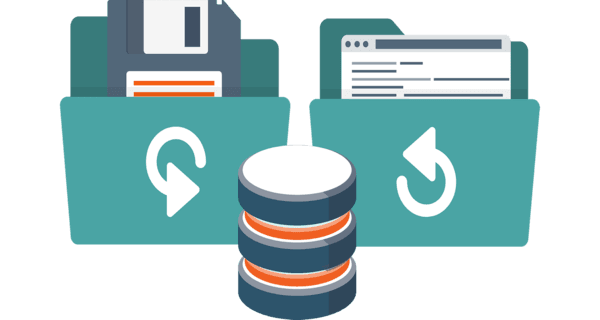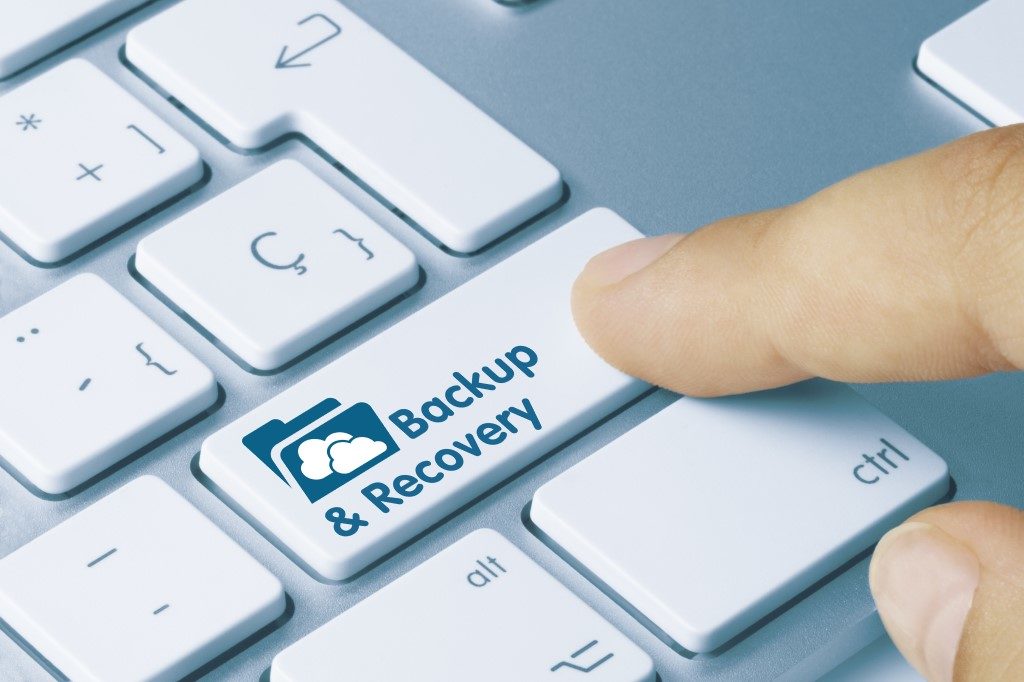Methods of Data Backup and Recovery


What is data backup and recovery?
Backup is the procedure of creating a copy of data in order to protect against data loss due to unintentional or deliberate deletion, damage, malfunctions, cybercrime, and other factors while the process of recovering files from a backup is known as recovery. Corporate continuity and crisis recovery, or BCDR, solutions are products that aid in the rapid recovery of data and processes.

Since the 1960s, tape backup has existed in various forms. Tape is still widely used today for backup, archiving, and perhaps even long-term cloud storage in major enterprises. Huge capacity, relatively inexpensive, and offshore data backup are the main advantages of tape.
As it enabled far quicker backup and recovery over tape systems, disc backup became prominent in the 1990s and rose in popularity into the early 2000s. Aside from backup and recovery speed, disc backup allows users to access particular files without having to restore the complete data set first.
External storage file backups are copied straight to the cloud with direct-to-cloud, eliminating the requirement for a local device. The procedure of replication of data from a cloud to another is known as cloud-to-cloud backup. Backing up data generated in SaaS systems like Microsoft 365 or Google G Suite is referred to as SaaS backup.
Many businesses feel that since SaaS data is stored in the cloud, backup is no longer necessary. This is not the case, however. Data generated in SaaS apps is just as subject to cyber attacks and inadvertent or deliberate deletion as data created on-premises. Cloud backup and recovery is still changing, and it will continue to do so as more enterprises shift their workloads to the cloud.
BCDR (business continuity/disaster recovery) systems are meant to allow for quick restores with minimal downtime. These solutions accomplish this by creating and storing bootable virtual server copies on a backup device or in the cloud using snapshot and virtualization technologies. Business operations are “failed over” to the secondary device or cloud in the case of a major server failure or other interruption, while the main server is recovered, repaired, or replaced. Operations are “failed back” to the main device once the main server is up and running again.
A file restore is just what it sounds like: it’s the procedure of recovering a deleted file or files from a backup and restoring them to their original location. An administrator can use SIRIS to mount a recovery point, inspect the file structure of the protected system, locate the relevant files, and restore them to the primary system. This is the best restoration type if you only need to recover a single file or a small group of data.
When you restore a volume on SIRIS, the data of the recovery point you choose are distributed as an iSCSI objective. When a bare metal restore isn’t required, this restore type recovers files and folders with all permissions intact. It’s used to restore huge numbers of files when a bare metal restore isn’t required.
There are more types of data recovery. For more information, check out Alpha.